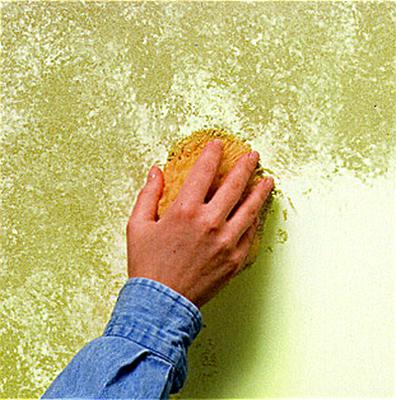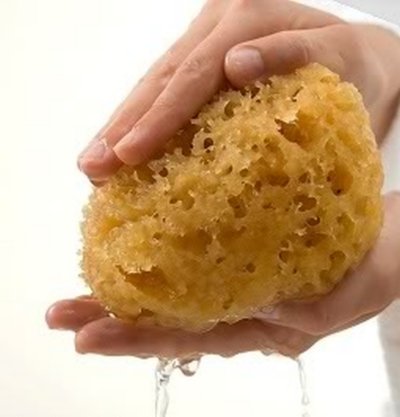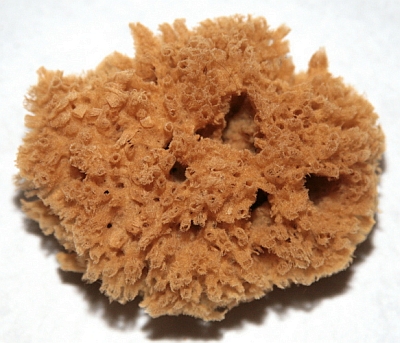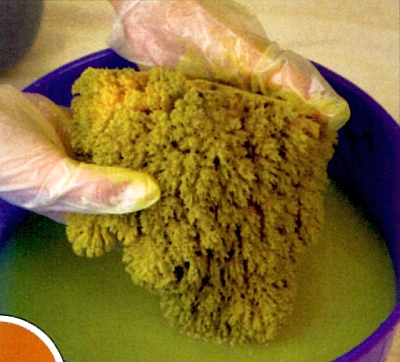How to Prepare and Clean a Sponge for Faux Painting

An old sponge can ruin your paint finish
Question:
What should I do if my sea sponge leaves tiny pieces on fresh glaze?Also, is there a special way or product for cleaning sponges after painting? I can't seem to get all of the paint/glaze out of it.
Answer:
You didn't say if your sponge was brand new or already used, so let's cover both possibilities:You should always clean a new sea sponge before using it for paint or glaze application, because it may still contain some loose particles and ocean debris that can mar your finish.

Just rinse the sponge under running water, squeezing it out thoroughly several times.
When it's clean, wring out the excess water - a sponge should always be clean and damp (not wet) before you use it for your faux painting projects.
But if an old sponge is leaving "crumbles" behind, this is a sign of deterioration, and it's time to buy a new one.

After using a sponge, you should always clean it before the paint or glaze has a chance to dry on its surface.
An efficient way to do this requires a bucket of water and a few clean rags - no special cleaning products needed.
First, wrap a sponge in a couple of clean rags and squeeze it to remove most of the paint.
Then, submerge the sponge under water and give it quite a few good squeezes to wash out the remaining paint.

Squeeze all the water out of the sponge, wrap it in a clean rag and squeeze it some more to blot off any residue.
The moisture inside the pores is a fertile ground for mildew, so let your sponge air dry first before putting it away for storage.
And finally, get in the habit of always dropping your sponge in a bucket of water when not in use - even if it's just for a 5 minute break.
Latex and acrylic products dry very quickly, and before you know it, the surface of your sponge can become hardened and crusty.
Dried paint is pretty much impossible to remove from a sponge (consider it ruined), so unless you have an extra one on hand, your finish will now have scratchy marks, or small bits stuck in the fresh glaze (seems like what you are seeing?).
Wouldn't wish it upon an enemy - to have this happen in the middle of a project!
Click here to ask your own question about sponge painting.
Return to Sponge Painting Q&As.








